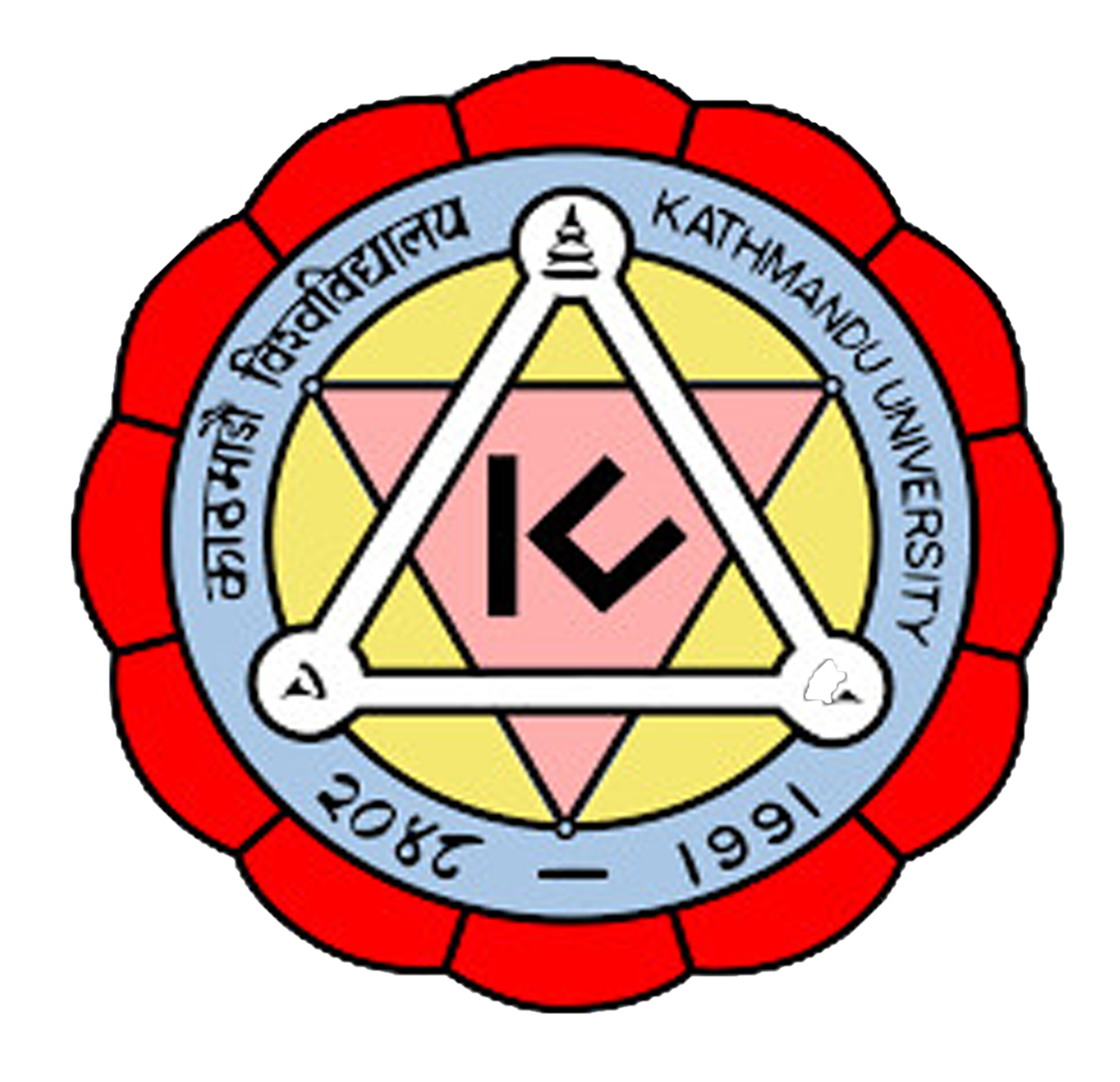About

For promoting Research and Development (R&D) works in the field of underground structures, Kathmandu University has initiated the construction of the KU Research Tunnel within the premise of the university. KU has been working in the field of research of tunnels and underground structures for the past six years with the conception of the tunnel.
With the groundbreaking ceremony held in Bhadra 07, 2078 (August 23, 2021) by the Dean of School of Engineering, the university has formally initiated the construction of the tunnel. The project is currently supported by Energize Nepal program. Consulting service has been provided by project partner Hydro Tunnelling and Research Pvt. Ltd. with guidance from Dr. Pawan Kumar Shrestha. The university has planned to construct the 234 m long tunnel with support from Megatech Hydro Infrastructure Pvt. Ltd.
The planned tunnel passes through weak and highly fractured metasandstone with a maximum overburden of 38 m. The purpose of the construction of the KU tunnel is to allow research and investigation into design and construction practices in the Himalayas. The overall plan includes an inlet tunnel of a diameter of 3.5 m, a cavern of 15×5 m2, and an outlet tunnel of a diameter of 2.7 m.
With the realization of the importance of underground space for the economic development of the country, the Government of Nepal (GoN) also has stated the start of the tunnel era with the initiation of the Nagdhunga-Sisnekhola tunnel. In the Kathmandu valley, an underpass has been planned in the Tinkune-Jadibuti area. Similarly, tunnels are also planned to be constructed in roadways between Tokha-Chhahare-Gurju Bhangyang, Betrawati-Syaphrubesi, Khurkot-Chiyabari, and Thankot-Chitlang. The construction of the KU tunnel will provide valuable insight during the construction of these national interest projects.
With the fragile nature of the Himalayan rock mass, the construction of the KU tunnel will test the utilization of various kinds of rock supports and the results and insights from the construction of the tunnel will aid in the formulation of a standard guideline suitable for the Himalayan region. Apart from this, the construction of the tunnel will also allow students to learn firsthand about the methods and practices in underground construction. Constructed for academic and research purposes, the tunnel will showcase various supports and techniques during and after construction which will provide insights to practitioners working in the field.
About
Plan
Timeline
Gallery
Contributors
Details of the tunnel and its proposed structure can be found in the report provided here.
